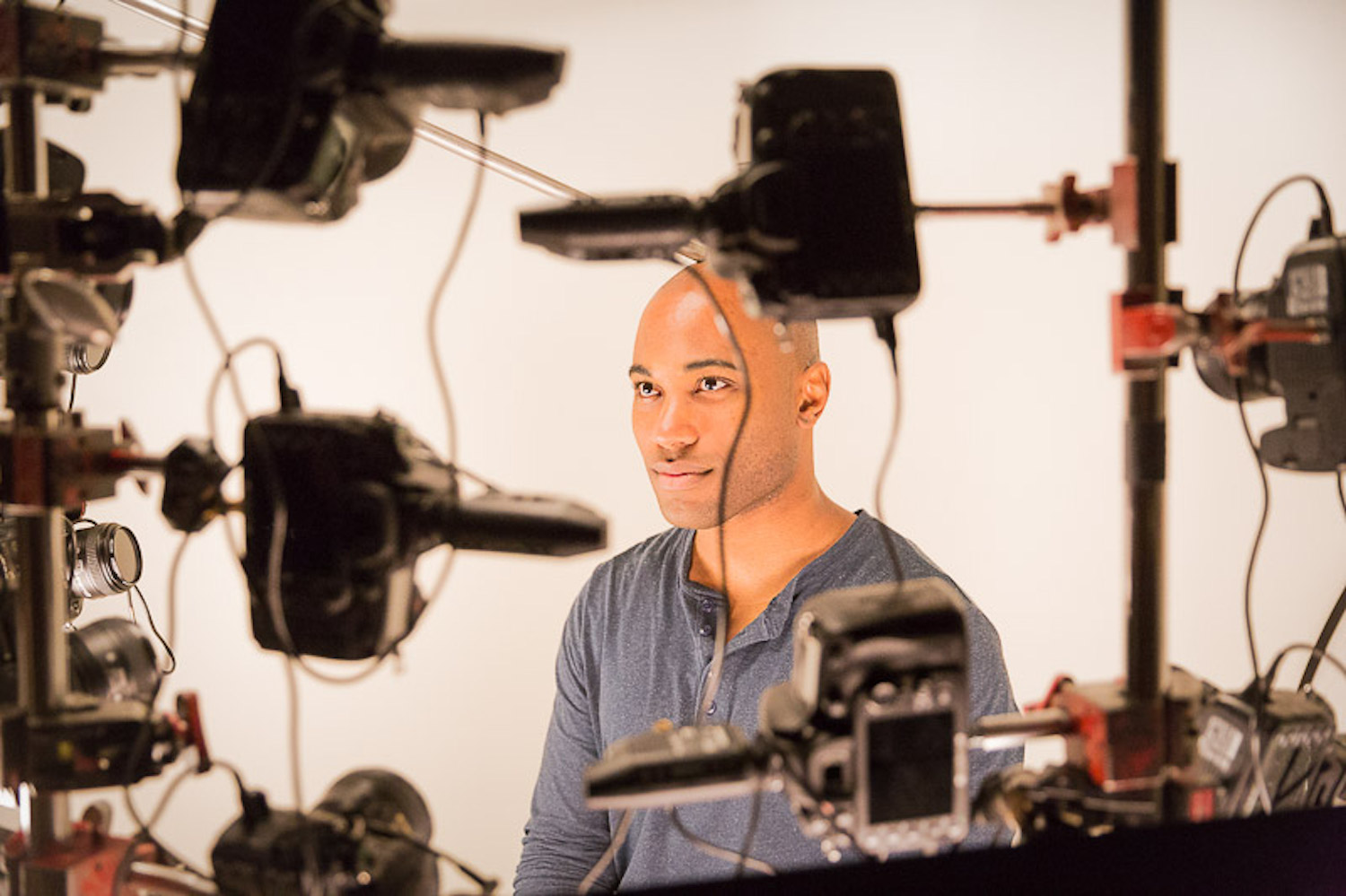INTERACTION
Interaction by itself is hard to define, it involves a broad range of interpretations. Everyone seems to have their own perception of what “interactivity” is. Not to mention the inconsistencies that rose from people’s misinterpretation of it. Even though a precise and concrete interpretation is still a little bit vague, I settled with Crawford’s definition when he said interaction is like a conversation. It needs two people that requires a reciprocal process in its simplest form. According to Crawford, there are three steps of interaction; listen, think, and speech. It applies to a myriad of projects with varying degrees of interaction.
Take an example of the project Emotion Capture exhibited interactivity perfectly. It is a new technology that turns humans into a 3D avatar with very human emotion. This project collaborates with Expressive AI and utilizes computer programming to capture genuine human expression. People can have conversations with the robot and the robot will respond back. Therefore, the interactions are more straightforward and meaningful.

On the other hand, the article Reed + Rader Turn A Fashion Spread Into A Moving Flower Utopia, exhibit very minimum interactivity. It is a very beautiful video that transported a real life model into a world of CGI. Despite it using a high level of computer programming, there is no interaction involved. People can only watch and enjoy the performance. This only involves the “listen” and “think” part of the definition.

GROUP PROJECT
For my group project, we took each of our definitions of interaction and mix them together. We finally agree to make Magic Mirror. It is an interactive mirror that is made to tackle environmental issues. More specifically, excessive clothing waste issue. We wasted so much money and space for pieces of fabrics that we will throw out in the next 3 years. This mirror operates in a common fitting room and recommends us our outfit for the day. The clothing are either made new from recycled fabrics or have been worn by other community members. Therefore, people will not store or throw out clothing anymore.
The Magic Mirror aligns with our definition of interactivity in all three parts of the definition. It is basically a conversation with the mirror. It had a significant degree of interaction, because not only we are physically interacting with it, we are also doing computer programming in the background. They “listened” to our personal schedule, preference, and took note of the weather reports, and “process” it so that it would create an “output” in the form of the perfect clothing for each person.
References:
https://www.vice.com/en_us/article/wjnmmn/i-got-turned-into-a-3d-avatar-immersive-emotion-capture
https://www.vice.com/en_us/article/gvwb5x/reed-and-rader-turn-a-fashion-spread-into-a-moving-3d-garden-utopia
Crawford, “What Exactly is Interactivity,” The Art of Interactive Design, pp. 1-5.